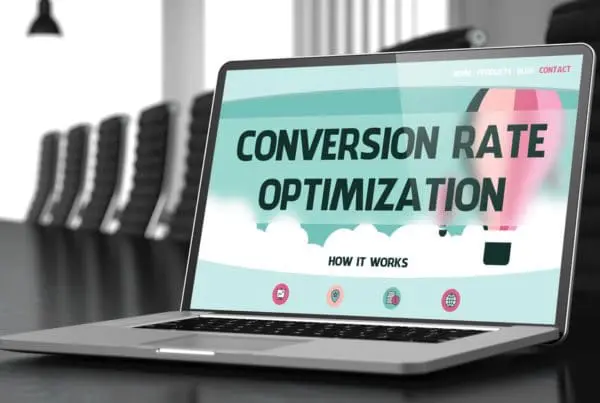According to the U.S. Bureau of Labor, the U.S. Bureau of Labor and Statistics states the median copywriter salary is $60,250 per year, or $28.97 hourly. Marketing automation software maker Eloqua says that a mid-sized company should be prepared to pay $150 per blog post. Larger companies should pay $200. A monthly content budget would range from $11,000 to $32,000, according to the same report. That was in 2012, so adjust for inflation.
Is that what you’re paying for content?
If you want an idea of how much some companies value content for their marketing initiatives, go to Craigslist and click on Jobs. Then scroll down to Gigs and click on Writing. Some firms are offering 1 cent per word. That’s 5 bucks for a 500 word article, if my math is right.
What’s the difference? Usually the biggest difference is quality. The expectation of quality for a penny a word is very low. This usually means that the company probably thinks that any content with the right keywords will do. That may have been the case in the pre-Panda and Penguin world, when Google ranked content based on keywords rather than user experience. Many companies pushed out gibberish press releases stuffed with keywords to improve rankings and lure searchers to their sites.
Those days are gone. Search engines, Google especially, now rank sites based on user experience. Did the searcher get what they want? Did they like what they found?
Were their questions answered? Search engines won’t tell you exactly how they measure user experience, but you can guess that metrics like time spent on a page, clicks to other pages on the same website, return visits, and how fast someone hits the back button factor in.
Also, it’s just common sense. When someone visits your website, what do you want them to experience? Do you want them to find fluff or valuable content? It takes time, intelligence and experience to create value. This is especially true in the B2B world, where people know their businesses and can determine very quickly if someone knows what he or she is talking about. You have to do some serious research to understand the pain points in a business and to provide content that helps relieve the pain. According to Top Rank Marketing, 90 percent of B2B businesses use content marketing–and that’s based on a 2013 survey.
The more sophisticated your customers are, the higher quality content you will need.
Here’s what Google says about quality content: “Provide high-quality content on your pages, especially your homepage. This is the single most important thing to do. If your pages contain useful information, their content will attract many visitors and entice webmasters to link to your site. In creating a helpful, information-rich site, write pages that clearly and accurately describe your topic. Think about the words users would type to find your pages and include those words on your site.”
“Google will only give you search traffic if you have high-quality content,” says the Content Marketing Institute. What do you need to deliver this kind of content? “Write at an expert level. Articles that are obviously written by a novice do not qualify as quality.”
Content marketing firm Brafton says that low-quality content won’t get your business anywhere. “It won’t help you rank high on Google, convert leads, or gain a bigger share of voice on social media. You’re far better off investing in 1 piece of content that engages your buyer personas than 6 pieces which fail to answer their real-life questions.”
The days of trying to trick people into visiting your website are thankfully over. Poorly written, overtly salesy content will work against you more than it will work for you. If getting found online is important for your business, you will need a website the doesn’t just demonstrate that you exist, it will need to delight visitors. Your content is an investment in the sales of your products and services and in the success of your organization.
So how much should it cost? Somewhere between $5 and $200 for an article? That’s one measure. Between $11,000 to $32,000 per month? That budget assumes some internal copywriting and editorial resources. The most important thing is that you get quality content.




